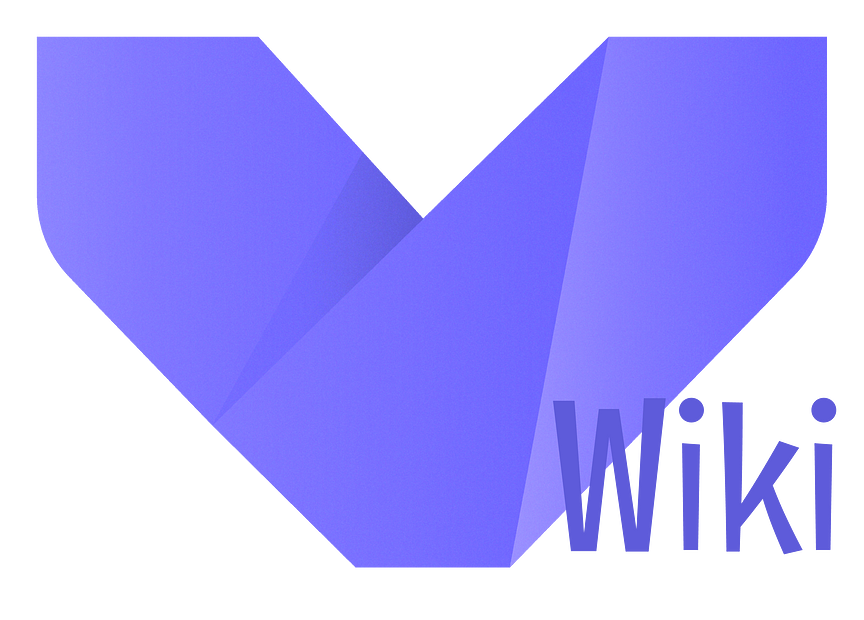What we do?
Using AI-based text classification methods, we can identify the context of the content and make queries to public video media libraries using APIs. These can be given back to the teachers as an assisted course creation tool to develop interactive digital media lessons for their students.
We offer a tool for teachers. They copy-paste the content they want to convert to a video.
• The AI uses 'sentence detection' algorithms to break the content into scenes or Short or Long intervals (As selected by teacher), the grammar and punctuation are checked by another AI process similar to the common spell-checker.
• Then another AI algorithm detects the important keywords from each scene. This tagging helps in identifying the context of the sentence/scene might be.
• Then we use the open media libraries to check stock videos around those tags and fetch the relevant clips to present back to the teacher to pick. (Until here, the only part the teacher/creator has done is paste the required content, rest all is done automatically.)
• Now the teacher can review the suggested scene sequence, the overlaying text and if everything is correct with prediction, then go ahead and stick the videos together preview and publish.
• If the teacher wants to add narration, or change text, or change video scenes, he would be able to do that and customize the course.
Why we do it?
We offer a method for students to participate in applied educational processes from their homes. Many technological mobile devices such as computers and tablets are widely used in homes. These tools are effective for students to be involved in applied training. For the K12 level or up to university students we build video solutions, using simple AI techniques and some APIs available openly (list available on request). We developed endpoints for these services for others to use and innovate their own solutions.


.jpg)
